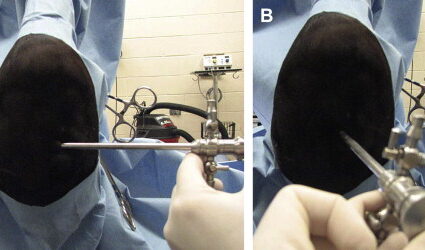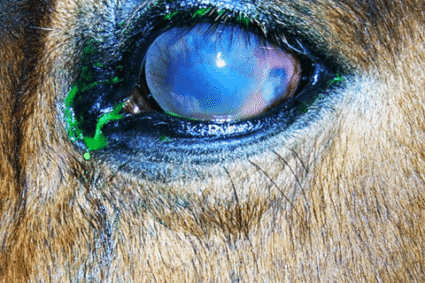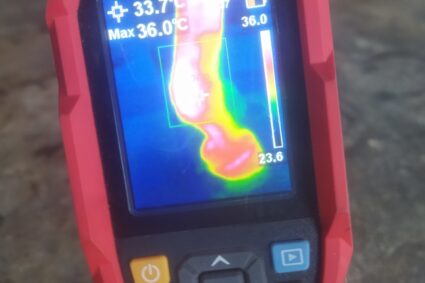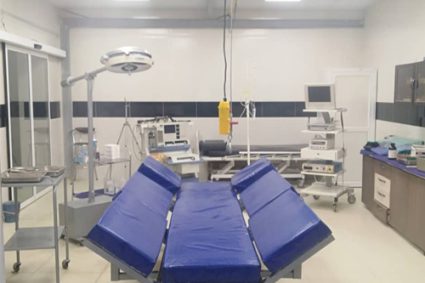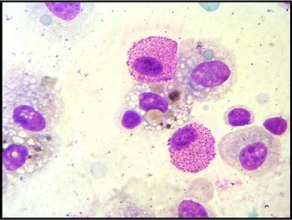
Embryo Transfer in Horses
An Innovation in Veterinary Medicine for Enhanced Breeding and Reproduction
1. Concept and Definition of Embryo Transfer
Embryo transfer is a procedure wherein an embryo formed in the uterus of a donor mare is collected and transferred to the uterus of a recipient mare. This technique aims to enhance the number of foals produced by mares that would typically only bear one foal per year. It enables the use of high-value mares and select stallions to breed superior generations.
2. Stages of Embryo Transfer
A. Preparation of Donor and Recipient Mares:
– Synchronization of Estrous Cycles: The initial step involves synchronizing the estrous cycles of the donor and recipient mares to maximize success rates. This is achieved through the use of ultrasound techniques and hormonal assessments.
– Induction of Ovulation: Hormones such as hCG or GnRH are administered to induce ovulation in the donor mare.
B. Artificial Insemination and Fertilization:
– The donor mare is inseminated with semen from the selected stallion. This procedure must be performed with high precision and under sterile conditions to ensure successful fertilization.
C. Embryo Collection:
– Six to eight days post-fertilization, the embryo is collected using a uterine flushing technique. This involves the introduction of a specialized solution into the uterus and subsequent aspiration to retrieve the embryo.
D. Transfer of the Embryo to the Recipient Mare:
– The harvested embryo is transferred to the recipient mare whose estrous cycle is synchronized. This step must be performed gently and with utmost precision to ensure the embryo is properly placed.
3. Advantages of Embryo Transfer
A. Increased Foal Production from Elite Mares:
– This method allows the production of multiple foals from a single donor mare within a breeding season, significantly boosting productivity.
B. Utilization of Non-Carrying Mares:
– Mares that are unable to carry a pregnancy due to physical issues can still produce embryos, contributing indirectly to breeding programs.
C. Enhancement of Genetic Traits in Future Generations:
– Embryo transfer facilitates the selection of positive genetic traits such as strength, speed, and disease resistance in subsequent generations.
D. Time and Cost Efficiency for Performance Mares:
– By transferring embryos to recipient mares, elite performance mares can continue to compete without the interruption caused by pregnancy.
4. Applications of Embryo Transfer in Veterinary Practice
A. Breeding of Performance and Specialty Horses: Widely used in breeding programs for racehorses and specialized breeds to improve physical and genetic qualities.
B. Production of Research Horses: Used in research centers to produce foals with specific traits for scientific study.
C. Preservation of Endangered Breeds: Applied to increase the number of offspring from rare and endangered mares.
5. Legal and Ethical Considerations
A. Regulatory Framework: In countries such as the United States and those in Europe, embryo transfer in horses is subject to strict regulatory oversight. Compliance with animal welfare laws and health standards is critical to ensure the wellbeing of mares.
B. Ethical Concerns: Ethical debates include issues such as the overuse of hormonal treatments and their potential impact on mare health. Breeders must ensure responsible and sustainable use of this technique.
6. Success Rates of Embryo Transfer
The success rate of this procedure depends on various factors, including the expertise of the veterinary team, health conditions, and the quality of the embryo. Generally, the success rate for embryo transfer in horses ranges from 50% to 70%. Advanced techniques such as precise ultrasound imaging and minimally invasive procedures can further enhance this rate.
7. Costs of Embryo Transfer
The costs associated with embryo transfer vary depending on the type of services and techniques employed. Typical expenses include:
– Hormonal stimulation and preparation of mares
– Artificial insemination and embryo maintenance
– Collection and transfer of the embryo
The costs can range from several thousand to tens of thousands of dollars, contingent upon the expertise and equipment of the veterinary clinic.
8. Innovations and the Future of Embryo Transfer
A. Embryo Cryopreservation: Advances in cryopreservation techniques allow breeders to store embryos for future use, providing flexibility in choosing the optimal time for transfer.
B. Genetic Technologies: The introduction of genetic editing techniques like CRISPR facilitates the enhancement of specific traits.
C. Artificial Intelligence Integration: Current research is exploring the use of AI to predict embryo transfer success rates and optimize procedural steps, which could further improve the precision and efficacy of this technique.

